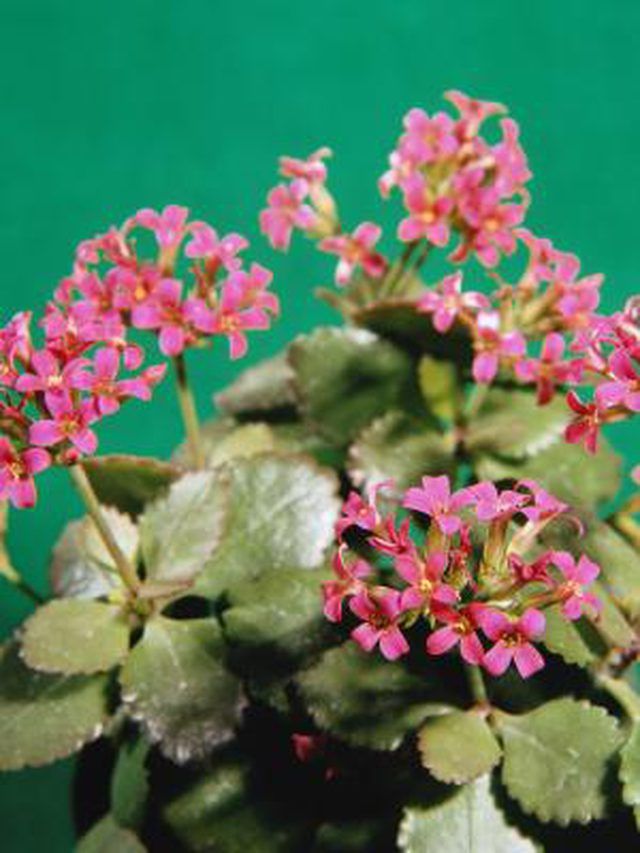Bulbs
Flower Basics
Flower Beds & Specialty Gardens
Flower Garden
Garden Furniture
Garden Gnomes
Garden Seeds
Garden Sheds
Garden Statues
Garden Tools & Supplies
Gardening Basics
Green & Organic
Groundcovers & Vines
Growing Annuals
Growing Basil
Growing Beans
Growing Berries
Growing Blueberries
Growing Cactus
Growing Corn
Growing Cotton
Growing Edibles
Growing Flowers
Growing Garlic
Growing Grapes
Growing Grass
Growing Herbs
Growing Jasmine
Growing Mint
Growing Mushrooms
Orchids
Growing Peanuts
Growing Perennials
Growing Plants
Growing Rosemary
Growing Roses
Growing Strawberries
Growing Sunflowers
Growing Thyme
Growing Tomatoes
Growing Tulips
Growing Vegetables
Herb Basics
Herb Garden
Indoor Growing
Landscaping Basics
Landscaping Patios
Landscaping Plants
Landscaping Shrubs
Landscaping Trees
Landscaping Walks & Pathways
Lawn Basics
Lawn Maintenance
Lawn Mowers
Lawn Ornaments
Lawn Planting
Lawn Tools
Outdoor Growing
Overall Landscape Planning
Pests, Weeds & Problems
Plant Basics
Rock Garden
Rose Garden
Shrubs
Soil
Specialty Gardens
Trees
Vegetable Garden
Yard Maintenance
How to Deadhead Kalanchoe
How to Deadhead Kalanchoe. Kalanchoes are primarily grown as indoor flowering plants. The plants produce lush, glossy green foliage year-round and feature brightly colored flowers in abundance during the winter months. Most newer kalanchoe varieties are self-cleaning, which means they drop their flowers naturally after blooming instead of setting...

Kalanchoes are primarily grown as indoor flowering plants. The plants produce lush, glossy green foliage year-round and feature brightly colored flowers in abundance during the winter months. Most newer kalanchoe varieties are self-cleaning, which means they drop their flowers naturally after blooming instead of setting seed. Older varieties might still produce seed, resulting in a plant covered with unattractive wilted flowers. Deadheading, or removing the old flowers, improves the plant's appearance and might encourage it to produce more blooms.
Things You'll Need
Shears
Inspect the kalanchoe regularly during the flowering season. If the petals remain on the flower clusters after they wilt, your variety likely requires deadheading.
Grasp a flower cluster at its base after most of the blooms have withered and begun to turn brown.
Snip off the flowering stem near its base above the first set of large leaves with a small pair of shears. Avoid pinching or pulling the flower clusters off because that can cause damage to the fleshy kalanchoe stems. Dispose of the removed flower cluster.
Deadhead the kalanchoe one to two times a week throughout the flowering season. Deadheading each time you water the plant works well.
Tips & Warnings
You can deadhead self-cleaning varieties if the clusters begin to look unattractive before all the petals have wilted.